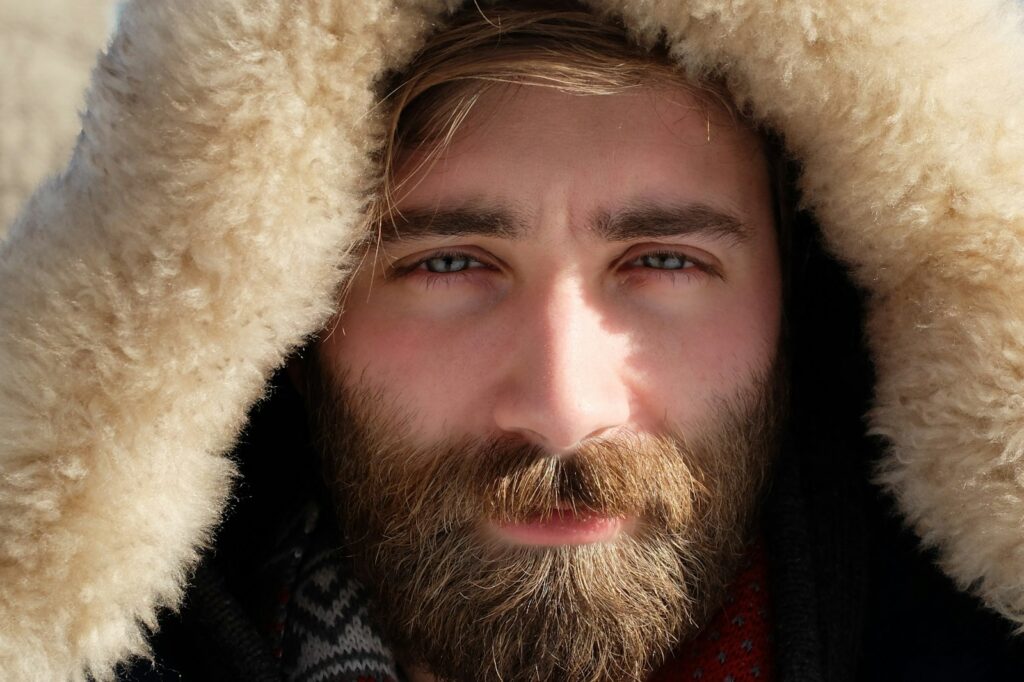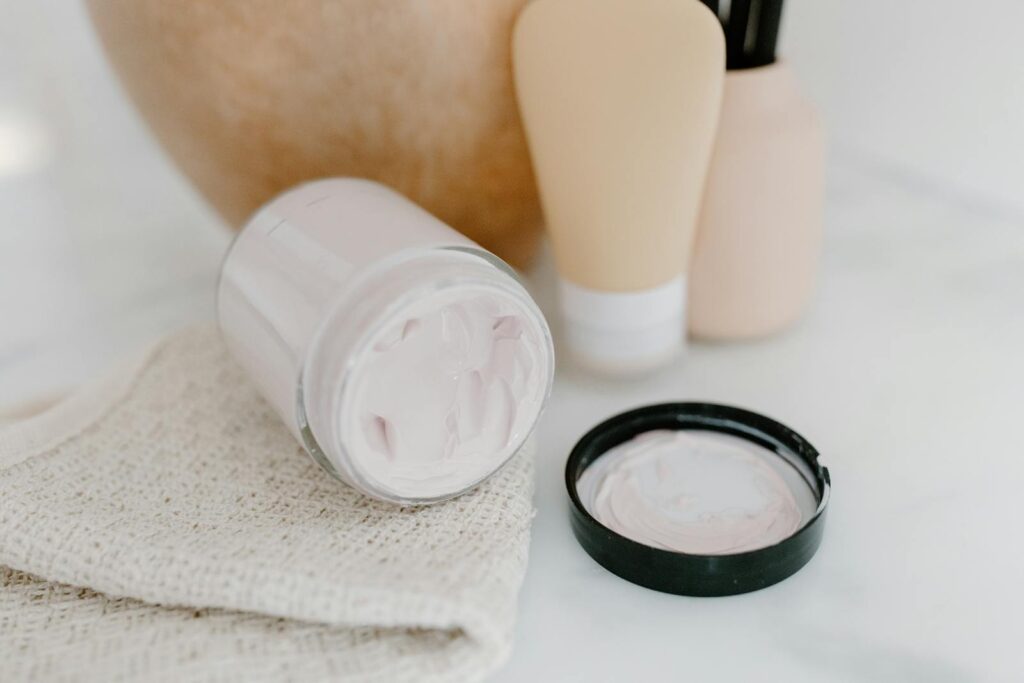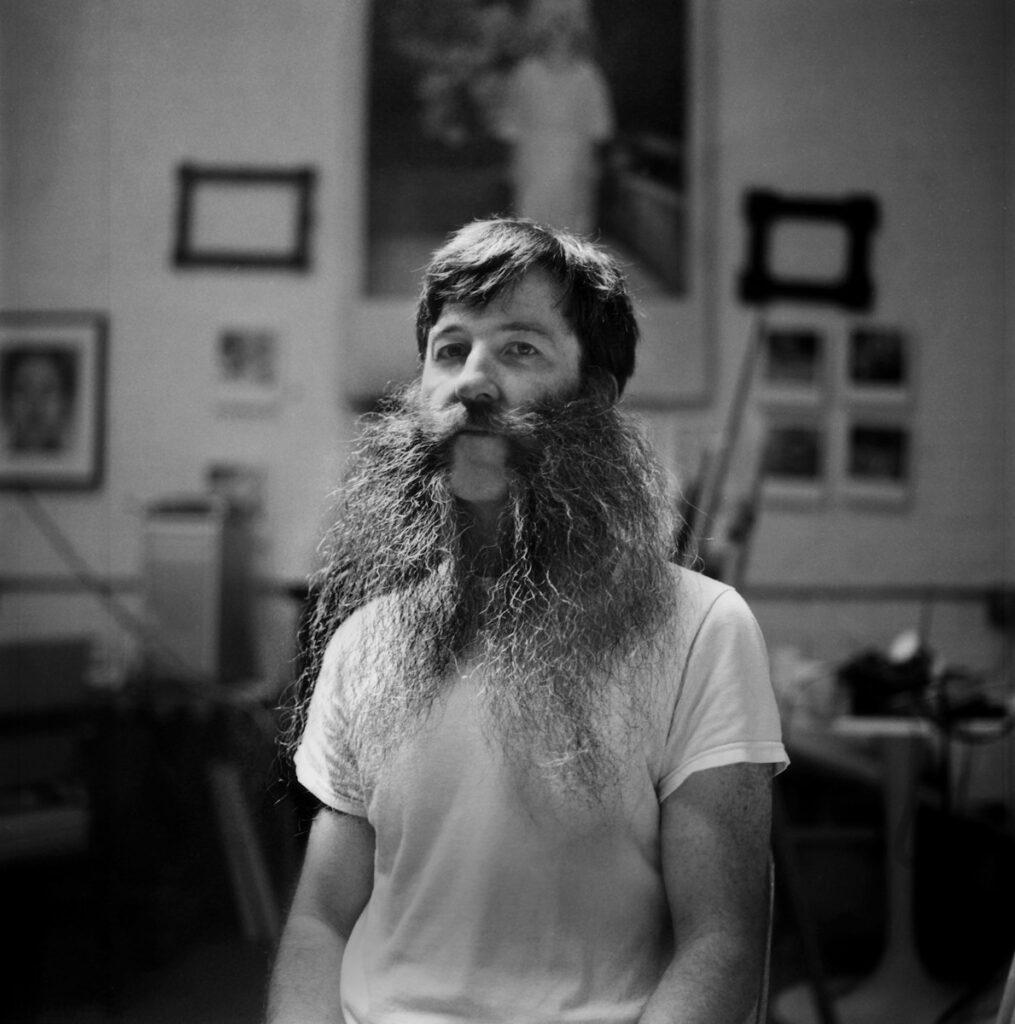Beard grooming encompasses a myriad of beard questions, many of which yield surprising insights that challenge common assumptions. For example, the belief that beard oil promotes growth is a misconception; its primary role lies in hydration and nourishment. Additionally, the complexity of genetic factors, such as the MC1R gene, influences beard color, often leading to unexpected variations.
Moreover, the peak of beard fullness typically occurs later in life than one might assume. These revelations not only reshape our understanding of beard care but also prompt additional inquiry into the nuances of grooming practices. What else might be misunderstood in the domain of beard care? .
Key Takeaways
- Beard oil nourishes and hydrates but does not actually promote hair growth; genetics play a crucial role instead.
- A well-groomed beard boosts perceptions of masculinity and attractiveness, influencing social interactions and relationships.
- Beards provide thermal regulation, keeping your face warm in cold weather and offering cooling in hot environments.
- Beard color is determined by genetics, particularly the MC1R gene, leading to diverse hues that may differ from head hair.
- Peak beard fullness typically occurs between ages 30 and 35, influenced by individual genetic factors and hair follicle cycles.
How Long Can Beards Grow?
Beards can theoretically grow indefinitely, as they do not possess a predetermined length limit; instead, their growth is influenced by genetics and the natural cycle of hair follicles.
Each hair follicle has a growth phase followed by a shedding phase, which means individuals may experience hair loss rather than reaching a specific length. Genetic factors play an essential role in determining the potential length and thickness of beards.
Significantly, the Guinness World Record for the longest natural beard is held by Hans Langseth, measuring an impressive 17 feet 6 inches. Typically, peak beard fullness occurs between the ages of 30 and 35, with growth continuing until nutrient depletion limits hair health.
Understanding these dynamics can enhance appreciation for the diverse characteristics of beards.
What’s The Truth Behind Beard Oil ?
When it comes to beard care, understanding the true function of beard oil is essential for maintaining ideal health and appearance. Contrary to popular belief, beard oil does not stimulate growth; rather, it serves to hydrate and nourish both the hair and the skin beneath.
Key benefits of beard oil include:
- Moisturization: Prevents dryness and flakiness, promoting a healthy-looking beard.
- Softening: Enhances the texture of coarse hair, making it more manageable.
- Protection: Shields against environmental damage and irritation, ensuring overall beard health.
How does facial hair influence perceptions of attractiveness?
Research indicates that well-groomed facial hair can greatly enhance perceptions of masculinity and attractiveness, with individual preferences varying widely across cultures and personal tastes. Studies show that shorter stubble is often associated with casual encounters, while longer beards may signal a readiness for more serious relationships.
The role of grooming cannot be overstated; regular maintenance notably impacts overall appeal. In addition, societal and cultural trends continually shape the perception of beards, contributing to their allure. For those seeking to serve others, understanding these dynamics can enhance interpersonal relations, as a well-kept beard may foster confidence and approachability.
Ultimately, embracing one’s unique facial hair can be a powerful tool in enhancing personal attractiveness while accommodating diverse preferences.
Do Beards Keep You Warm?

Facial hair serves as an effective temperature regulator, providing warmth in cold conditions while also offering cooling benefits in warmer climates. Beards create a barrier that traps warm air close to the face, much like an additional layer of clothing.
- Insulation: Beards help retain body heat, safeguarding against the chill.
- Moisture Trapping: In hotter environments, beards capture moisture and promote evaporative cooling.
- Wind Chill Reduction: They minimize the effects of wind, maintaining skin temperature.
What factors contribute to the diverse range of beard colors?

Beard color variations often arise from a combination of genetic factors, with the MC1R gene playing a pivotal role in determining the specific hues observed in facial hair.
This gene influences the balance of melanin production, leading to distinctive colors ranging from black to blonde, brown, and red. Two primary pigments—eumelanin and pheomelanin—interact to create these shades. Notably, individuals may exhibit different beard colors compared to their head hair due to the unique expression of these pigments.
Additionally, genetic lineage can contribute to unexpected color traits, sometimes revealing ancestral influences. Understanding these variations not only enriches our knowledge of genetics but also fosters appreciation for the diversity of personal grooming styles.










